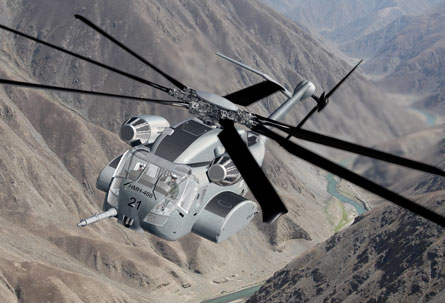Entry into service for the US Marine Corps' Sikorsky CH-53K has been delayed by three years until fiscal year 2018, but the 7,500shp-class General Electric GE38-1 engine will arrive on schedule, programme officials say.
GE is investing heavily in the GE38 engine series as it seeks to widen sales beyond the 200 CH-53Ks for the USMC, says Capt Rick Muldoon, the US Navy's programme manager for the heavylift helicopter.
 |
|---|
© Sikorsky |
"They see a huge opportunity," he says. "They're moving out in their endeavours."
The current plan allows GE to continue delivering GE38s for ground tests years before airframes become available for flight test.
The company delivered the second engine for ground testing in late April, while tests on the first have exceeded the programme's baseline performance goals, Muldoon says.
As of 15 February, GE had recorded 176 engine starts and 177 operating hours, he says. The engine had demonstrated sustained power of 7,760shp and peak power of 8,300shp, topping the CH-53K's requirement for 7,500shp.
"The engine is not anywhere near the [programme's overall] critical path technologies," Muldoon says.
Three engines are required to lift the CH-53K, which is designed to support a 39,900kg (88,000lb) maximum gross weight. The marines' heavylift requirement is based on the need to transport an entire expeditionary brigade into a landing zone in one night.
The programme also hopes to attract sales from foreign governments, including Germany, Israel and Japan, Muldoon says.
So far, however, Germany remains unconvinced that the CH-53K will meet its requirements, he says. The hold-up is over a perceived need to internally load certain military vehicles, which do not fit inside the CH-53K's cabin, he adds.
The USMC is discussing options for sling-loading the vehicles beneath the helicopter, but Germany has not accepted that approach.
"They want to design a $100 million aircraft around a $100,000 vehicle," Muldoon says.
The German army expects to fly 40 upgraded CH-53GAs until around 2030 under a Eurocopter-led programme.
Source: Flight International



















